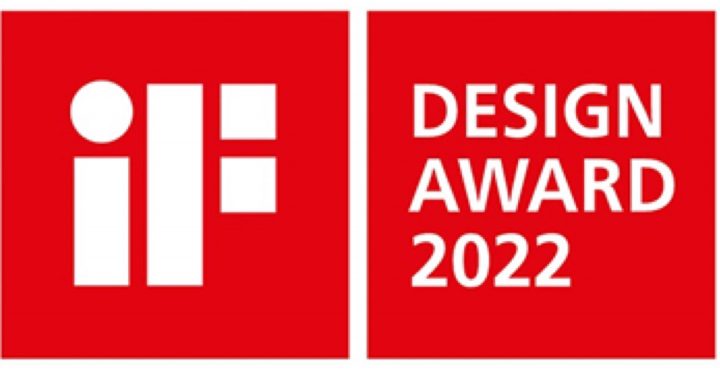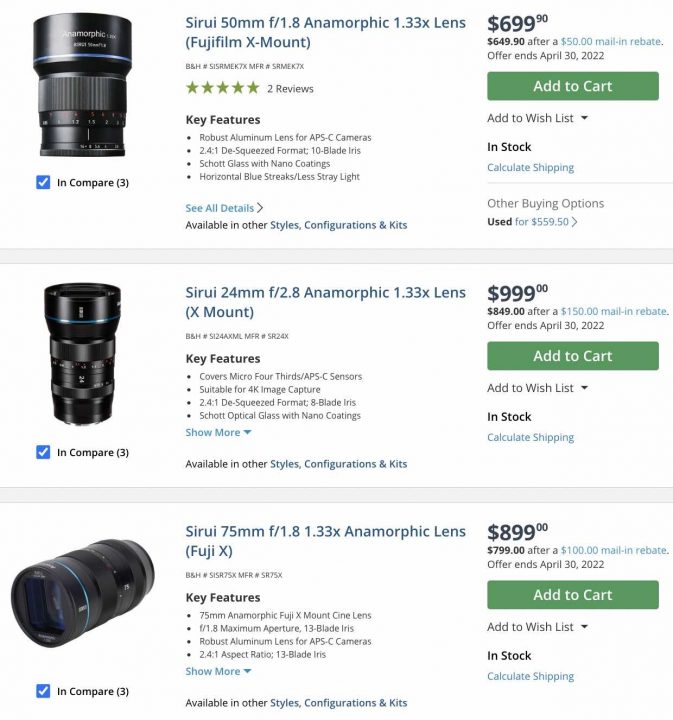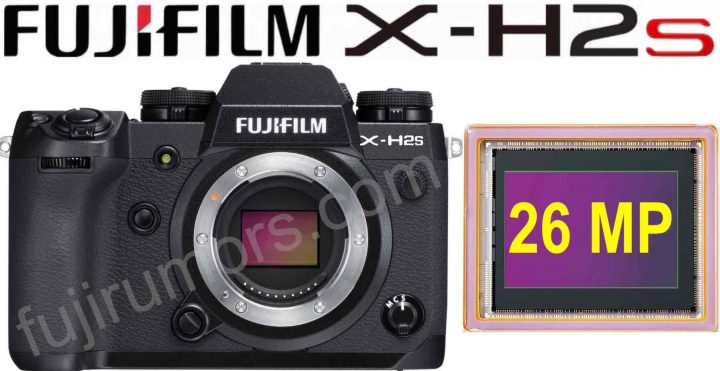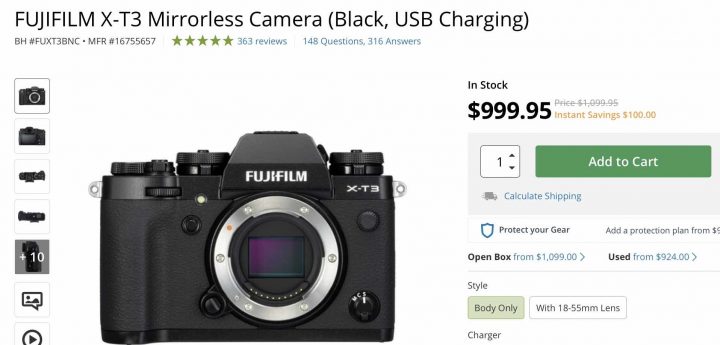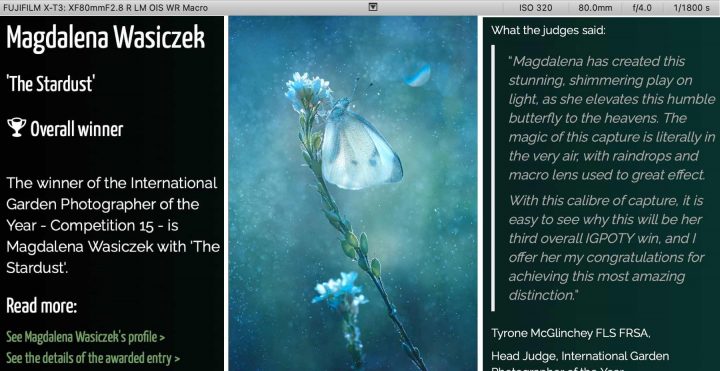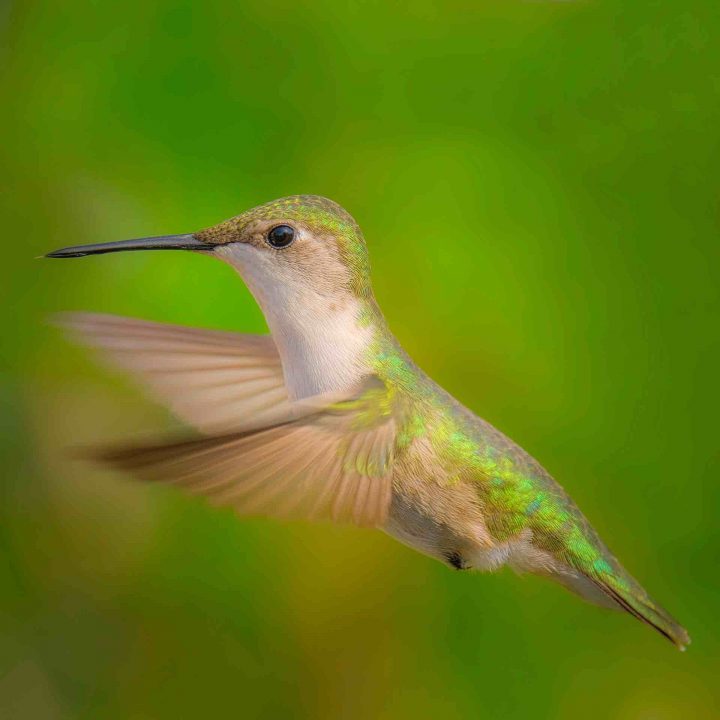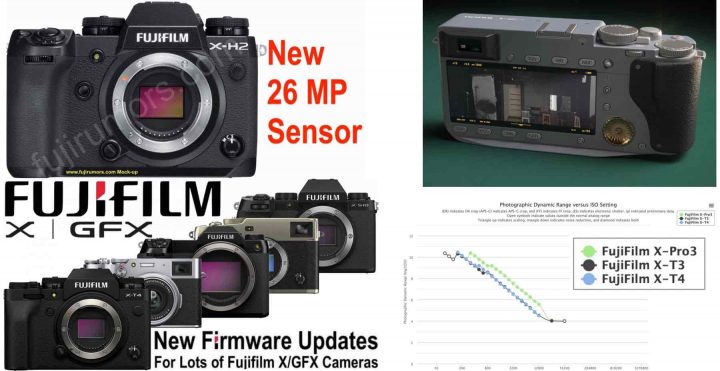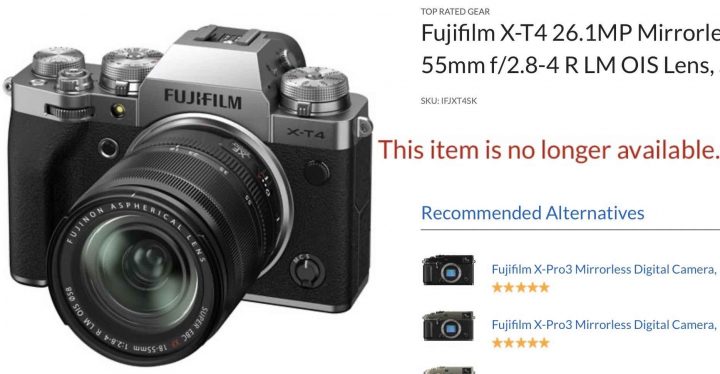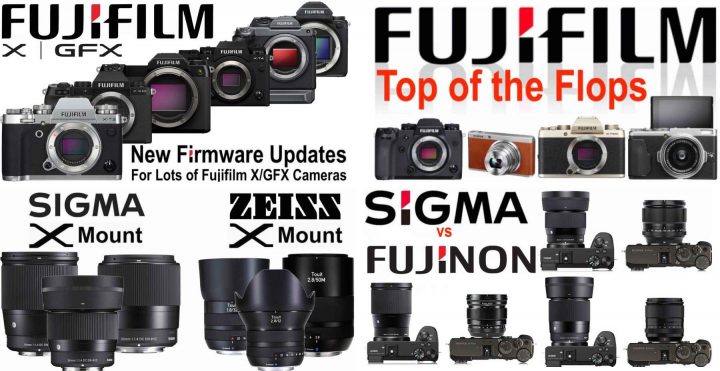Fujifilm Financial Results FY2021: Up 16.9% thanks to Instax and High End Gear
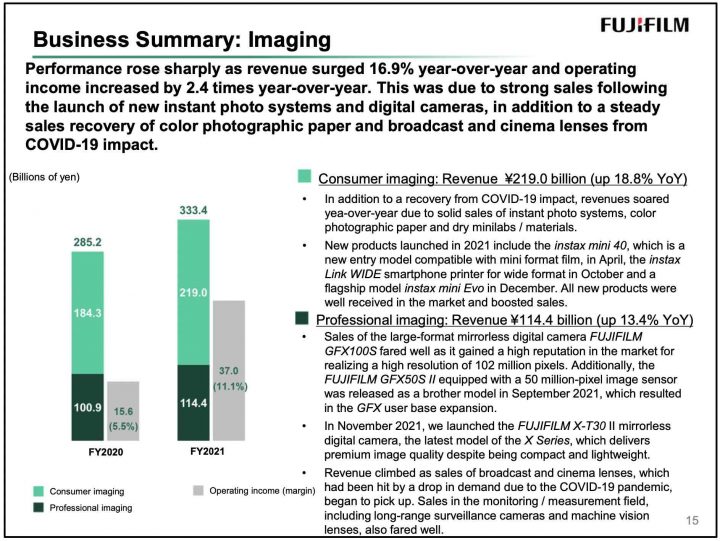
Fujifilm shared its financial results for the fiscal year 2021 (April 1, 2021 – March 31, 2022).
As to expect Instax is King with great sales for the Instax Mini EVO and the Instax Link Wide smartphone printer.
When it comes to their X and GFX series, a special mention goes to the good sales for the Fujifilm GFX100S.
- Instax Mini Evo: BHphoto, AmazonUS, Adorama, AmazonDE, CalumetDE, AmazonUK, AmazonIT, AmazonFR, AmazonES
- Instax Link Wide Printer (Mocha Gray): BHphoto / AmazonUS / Adorama
- Instax Link Wide Printer (Ash White): BHphoto / AmazonUS / Adorama
- Instax Wide Color FIlm: AmazonUS / BHphoto / Adorama
- Instax Wide Monochrome FIlm: AmazonUS / BHphoto / Adorama
In addition to a steady sales recovery of color photographic paper and broadcast and cinema lenses from the impact of COVID-19, strong sales of newly launched instant photo systems and digital cameras led revenue to increase by 16.9% year-over-year to ¥333.4 billion, and operating income to increase 2.4 times year-over-year to ¥37.0 billion.
In the consumer imaging field, steady sales of instant photo systems, color photographic paper and dry minilabs and materials drove revenue higher. New products launched in 2021 include the instax mini 40, a new entry-model compatible with mini-format film, in April, the instax Link WIDE, a smartphone printer for wide-format, in October and a flagship model instax mini Evo in December. All new products were well received in the market and boosted sales.
In the professional imaging field, we launched the large-format mirrorless digital camera FUJIFILM GFX100S, which realized a high resolution of 102 million pixels, the FUJIFILM GFX50S II equipped with 50 million-pixel image sensor, released in September 2021 as a brother model, and the FUJIFILM X-T30 II mirrorless camera, which is the latest model from the X Series released in November 2021. All products gained high reputations and sales remained strong. Revenue was significantly higher year- over-year as sales of broadcast and cinema lenses, which had been hit by a decline in demand due to the COVID-19 pandemic, turned upward, and sales of lenses in the monitoring /measurement field, including long-range surveillance cameras and machine vision lenses, fared fell.
via Fujifilm


